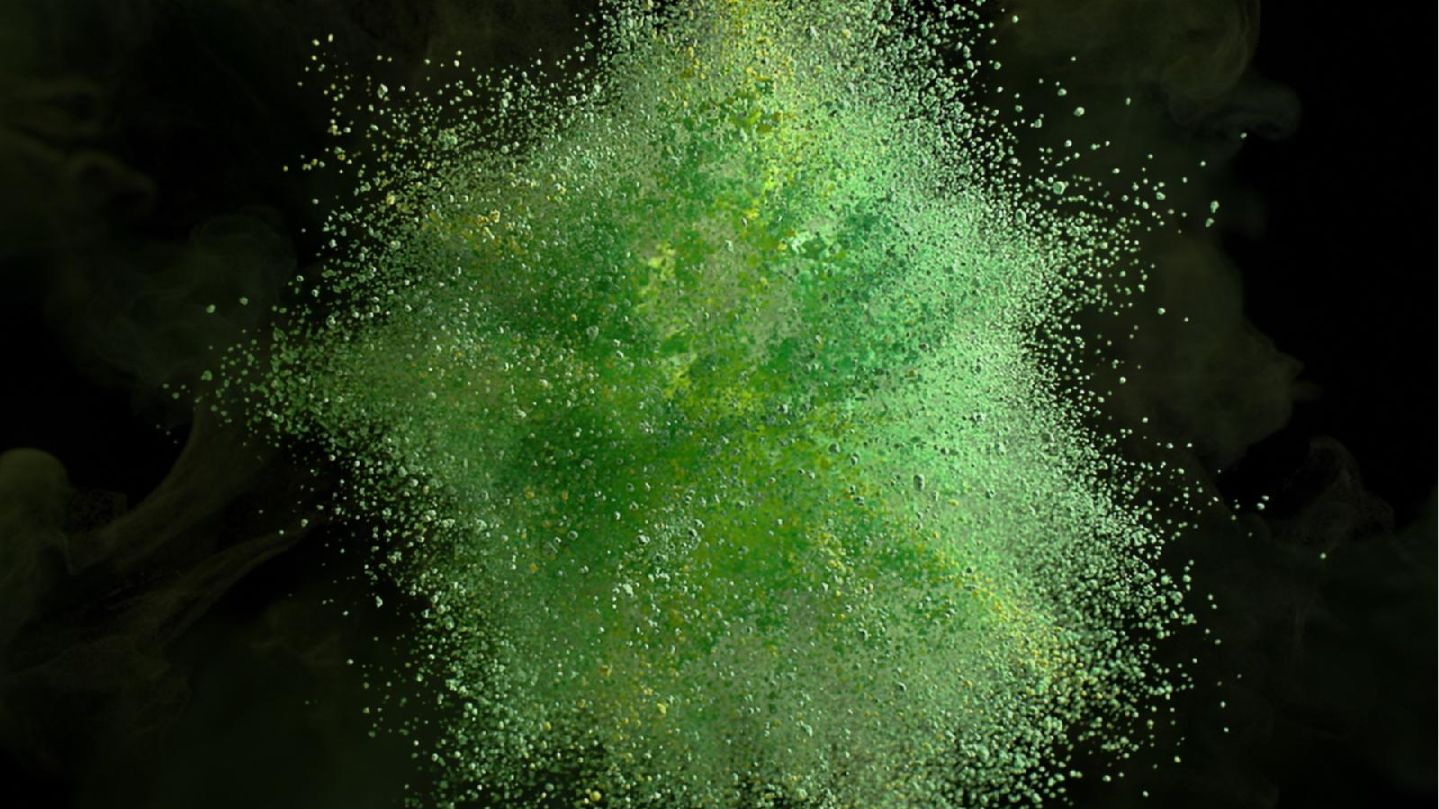Raina Singhvi Jain is allergic to honeybees. Just one sting on her foot once rendered her out of commission for weeks.
But that has not deterred the 20-year-old social entrepreneur from her mission to save these essential pollinators, which have been suffering from population decline for decades.
About 75% of the world’s crops depend, at least partly, on pollinators like honeybees. Their collapse could have a huge impact on our entire ecosystem. “Bees are the reason we’re all here today,” Jain says. “They’re the fundamental basis of our agricultural system, our plants. They are the reason we have food.”

Jain, the daughter of Indian immigrants who settled in Connecticut, says her parents taught her to value life, no matter how small. If there was an ant in the house they would tell her to take it outside and let it live, she says.
So when Jain visited an apiary in 2018 and saw piles of dead bees, she felt an innate drive to find out what was happening. What she discovered surprised her.
Fighting parasites
“Honeybee declines are the result of the three P’s: parasites, pesticides and poor nutrition,” says Samuel Ramsey, a professor of entomology at University of Colorado Boulder’s BioFrontiers Institute.

Out of the three Ps, by far the biggest contributor is parasites, according to Ramsey, and specifically a type of mite called Varroa destructor. It was first detected in the US in 1987 and can now be found in almost all hives across the country.
In his research, Ramsey observed that the mites feed off the liver of the honeybees, which makes them more susceptible to the other Ps by impairing their immune system and ability to store nutrients. These parasites can also spread lethal viruses, impair flight, and can eventually lead to the collapse of an entire colony.
With encouragement from her high school science teacher, during her junior year Jain started working on a solution to get rid of Varroa mite infestations. After a lot of trial and error, she came up with HiveGuard, a 3D-printed hive entranceway that is coated with a non-toxic, plant-based pesticide called thymol.

“As bees pass through the entranceway, the thymol rubs off onto the body of the bee, where ultimately the concentration kills the varroa mites, but the honeybee is left unharmed,” Jain says.
Since March 2021, about 2,000 beekeepers have been beta testing the device, and Jain plans on an official release later this year. The data she has collected so far shows that three weeks after installation there’s a 70% decline in varroa mite infestations, with no reported side effects.

Thymol, and other naturally occurring miticides like oxalic acid, formic acid and hops, are used in current treatments in the form of strips or trays that go inside the hive. Ramsey says there are also synthetic aides, which tend to be more effective, but can be more damaging to the environment. He commends Jain’s ingenuity in creating a device that maximally impacts the mites, yet protects the bees and the environment from side effects.
An important ally
Honeybees are among the most efficient pollinators on the planet. Their contribution is vital for over 130 types of fruits, vegetables and nuts — including almonds, cranberries, zucchini and avocados. So the next time you take a bite out of an apple, or a sip of coffee, it’s thanks to the bees, Jain says.
But every year, according to Ramsey, between 33% and 51% of honeybees die across America.
The USDA estimates that honeybees pollinate $15 billion worth of crops in the US alone every year. Many of these crops are pollinated by managed beekeeping services that are trucked throughout the country. As the bee populations have become more costly to protect, these services have become more expensive, with a cascade effect on consumer prices, Ramsey says.
But the most dire consequence if honeybee populations continue to decrease, is the serious threat to both food quality and security, the UN Food and Agriculture Organization warns.
HiveGuard is just one of the ways in which Jain is using entrepreneurial insight to support honeybees. In 2020, she founded the supplement company Queen Bee, which sells health drinks that incorporate bee products like honey and royal jelly. And for every bottle sold, a pollinator tree is planted through Trees for the Future, a non-profit working with farming families in sub-Saharan Africa.
“My biggest hope for the environment is to restore it back to balance, and be in harmony with nature,” Jain says.
She believes it is possible, but it will take a hivemind mentality to do so. “There’s a lot that humans can learn from as a societal structure, from honeybees themselves,” she adds.
“The way that they’re able to collaborate, the way that they’re able to delegate, and how they sacrifice for the betterment of the colony.”












